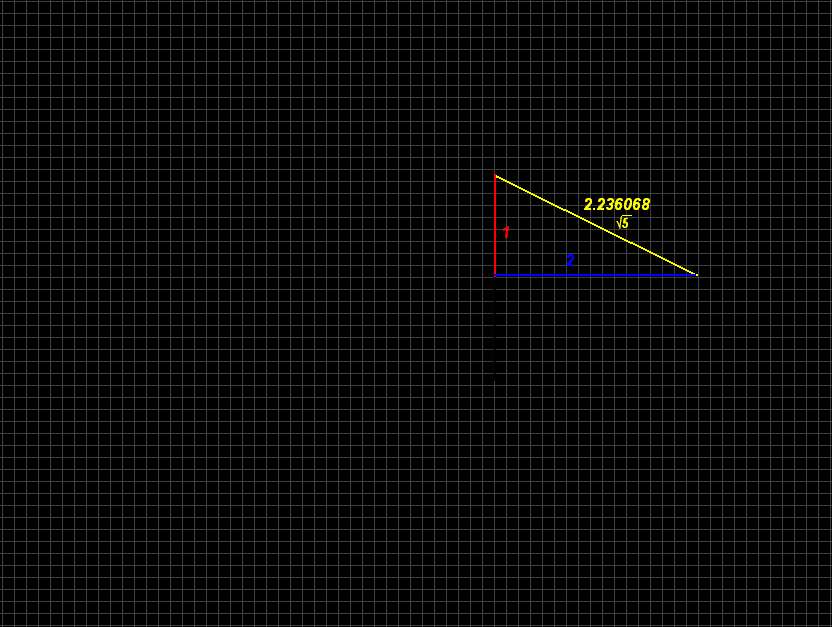
.
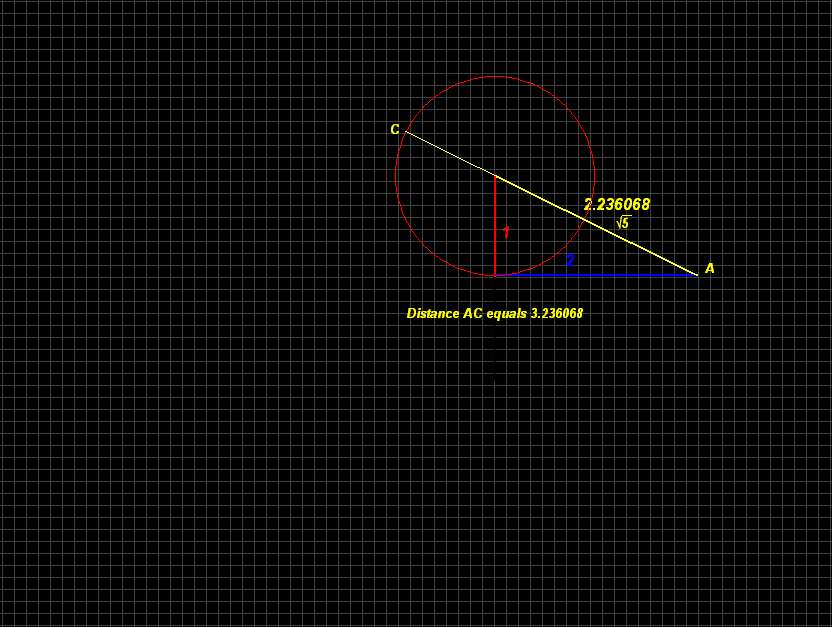
.
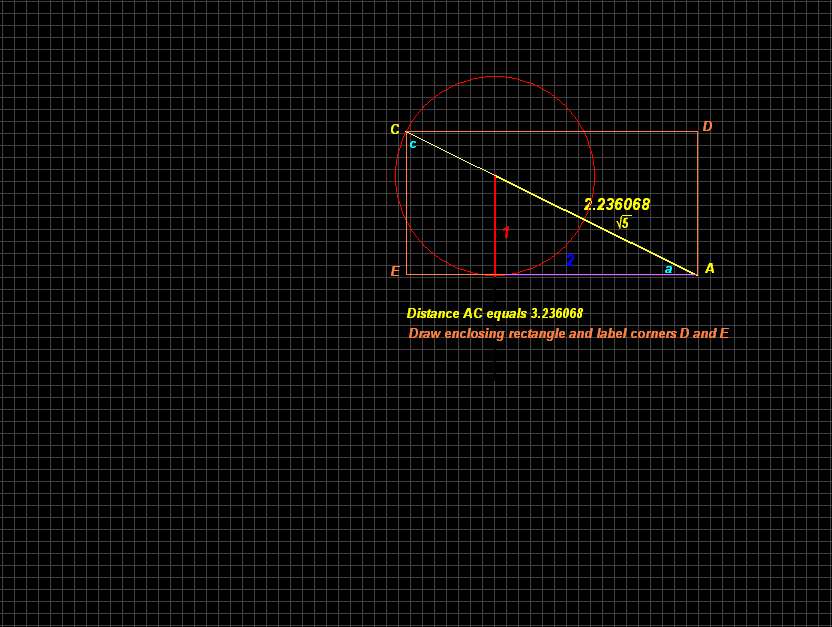
.
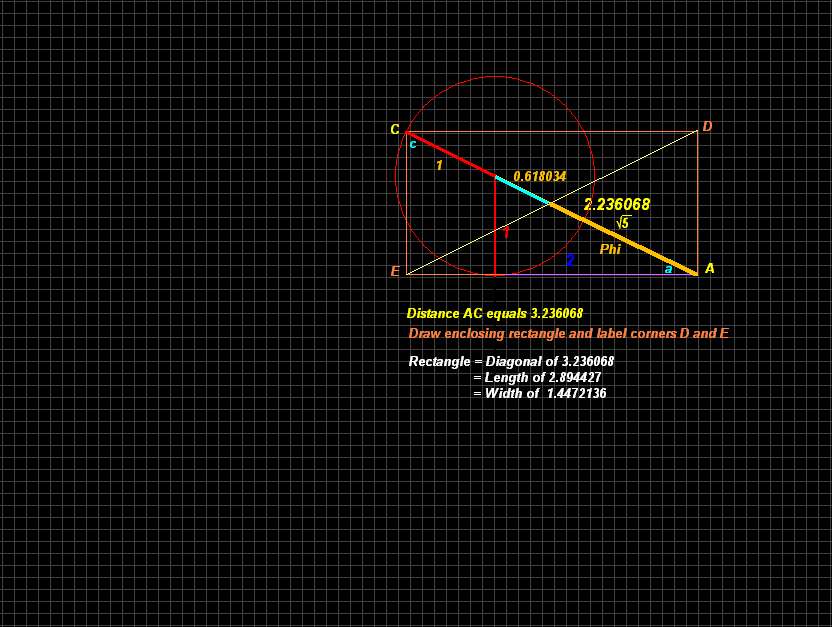
.
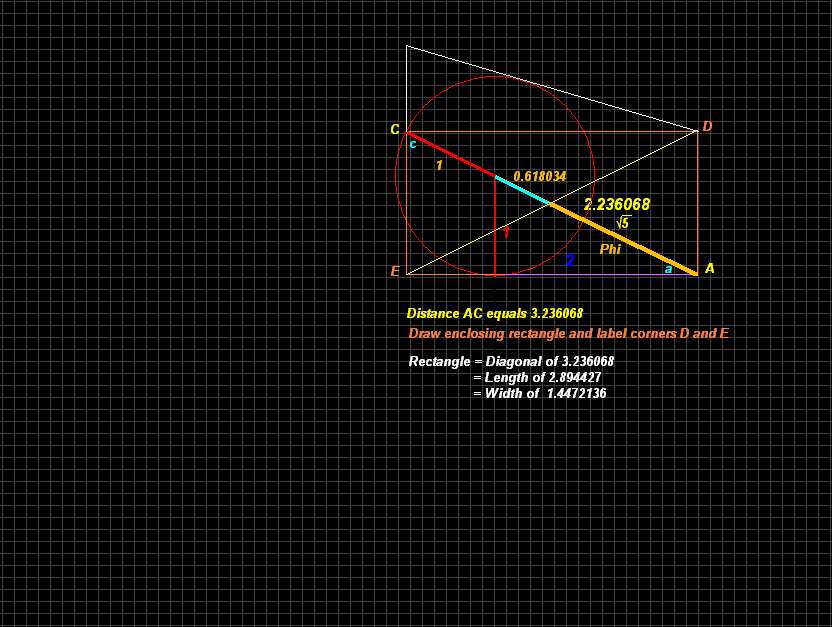
.

.
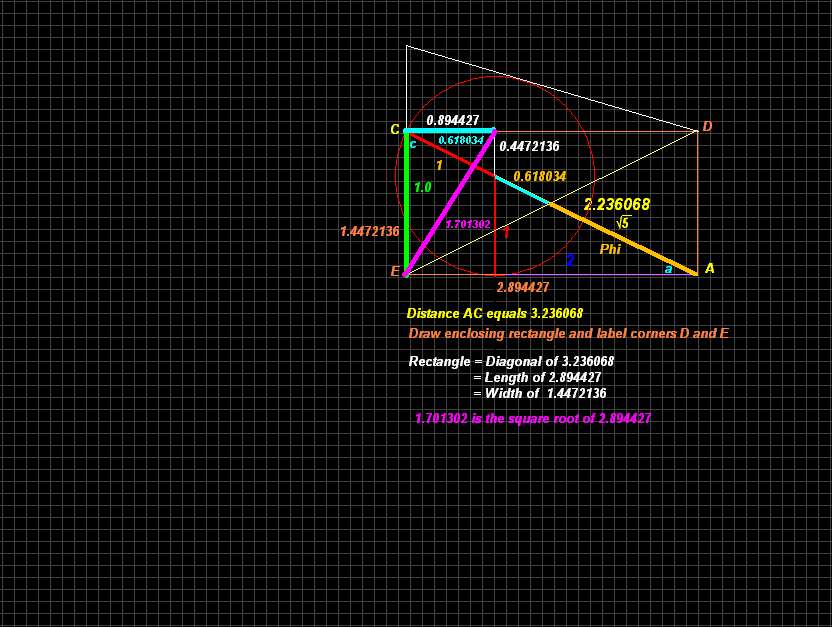
.
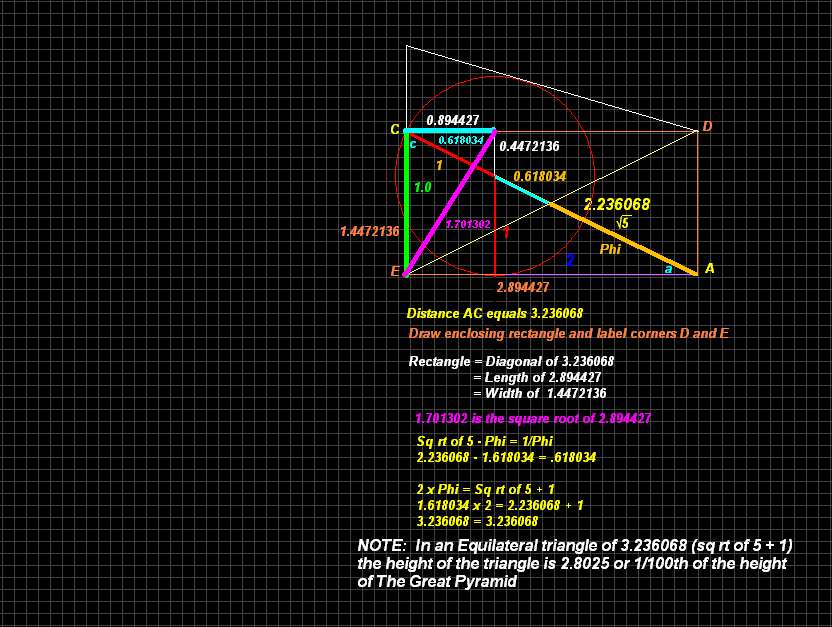
.
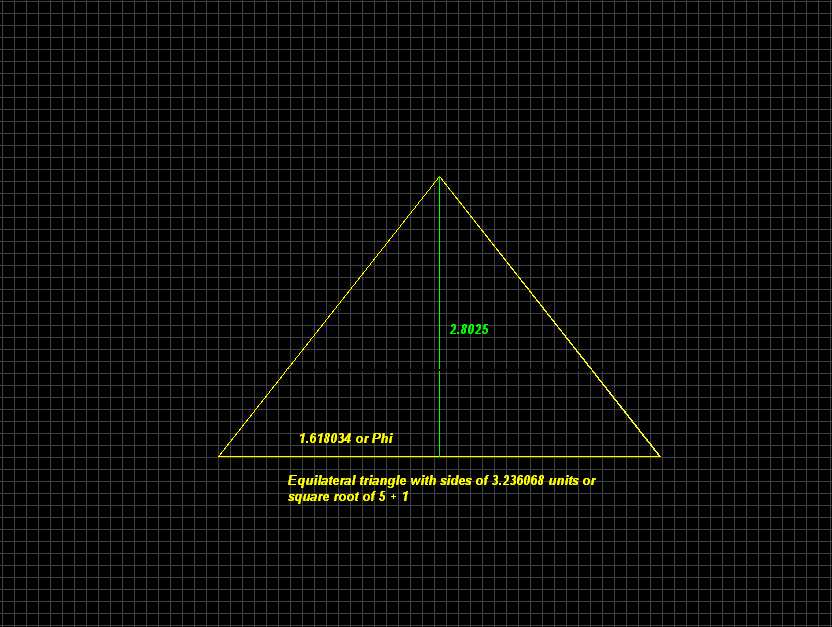

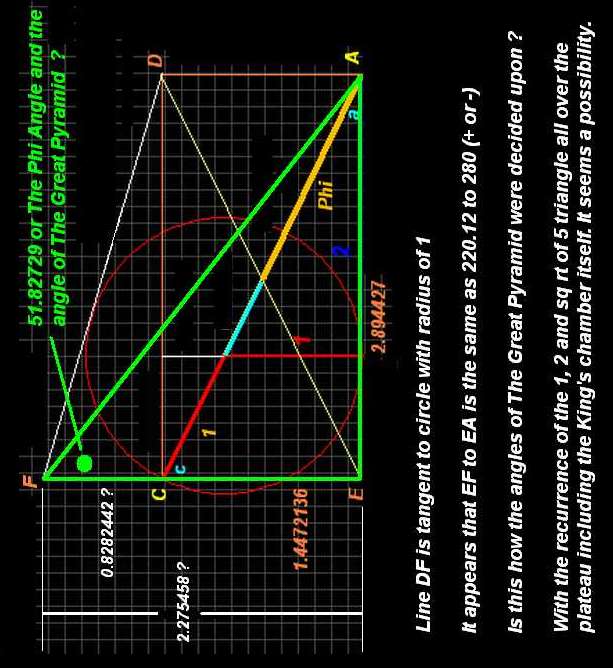
I hope this is a little clearer.
The question mark is on the page because I do not have the mathematical proof of those measurements. They are scaled and surmised from logic.
It may be that is will show that it is exactly in the ratio of 7 to 5.5.
Regardless it is a pretty solid diagram to show how one could have designed The Great Pyramid with simply a marker, straightedge and compass.
It all starts with this image found on this website: http://goldennumber.net/phiformulageometry.htm
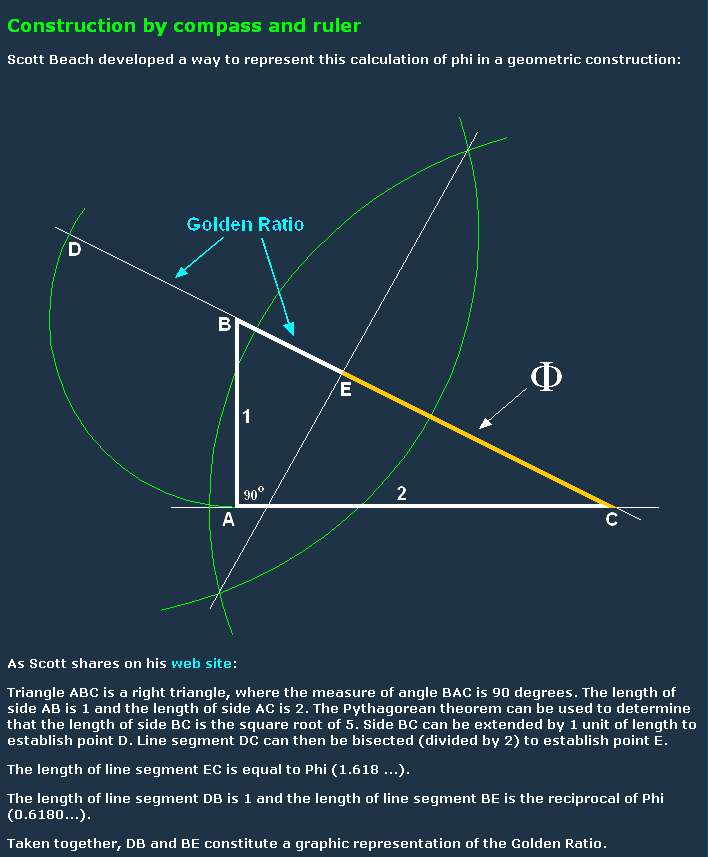
Cheers and of course solution to follow and when I post it you will never look at The Great Pyramid in the same light again. It is I think, as close as I will ever come, short of finding the work book of the builder, in proving the mathematical design of this pyramid.
I will, I hope, show that rather than 440 cubits being the designed base unit, the base of 440 cubits was only a by-product of the designed height which itself was simply a by product of the simple 1, 2, and square root of 5 triangle found everywhere at Giza and most importantly in The King's Chamber itself.


I hope this is a little clearer.
The question mark is on the page because I do not have the mathematical proof of those measurements. They are scaled and surmised from logic.
It may be that is will show that it is exactly in the ratio of 7 to 5.5.
Regardless it is a pretty solid diagram to show how one could have designed The Great Pyramid with simply a marker, straightedge and compass.

No comments:
Post a Comment